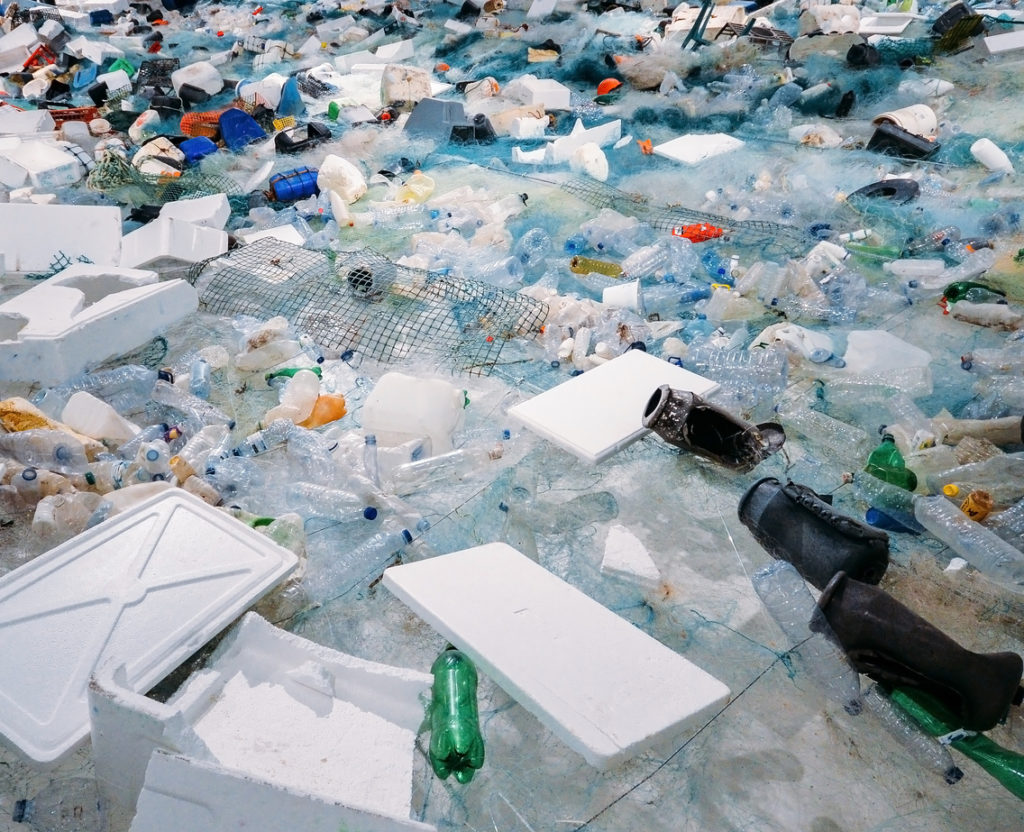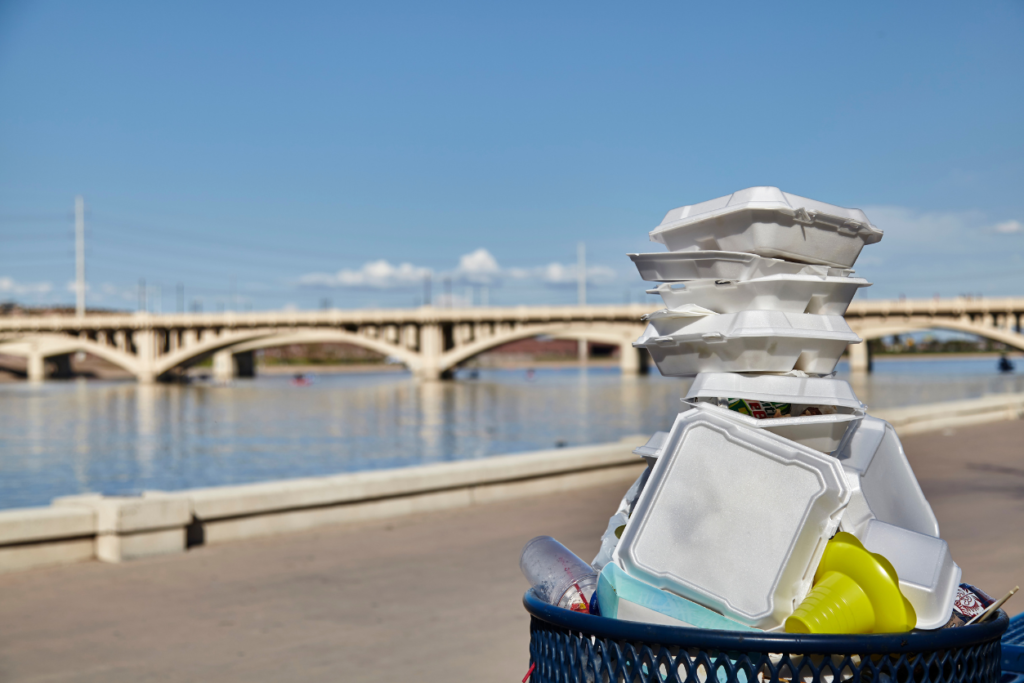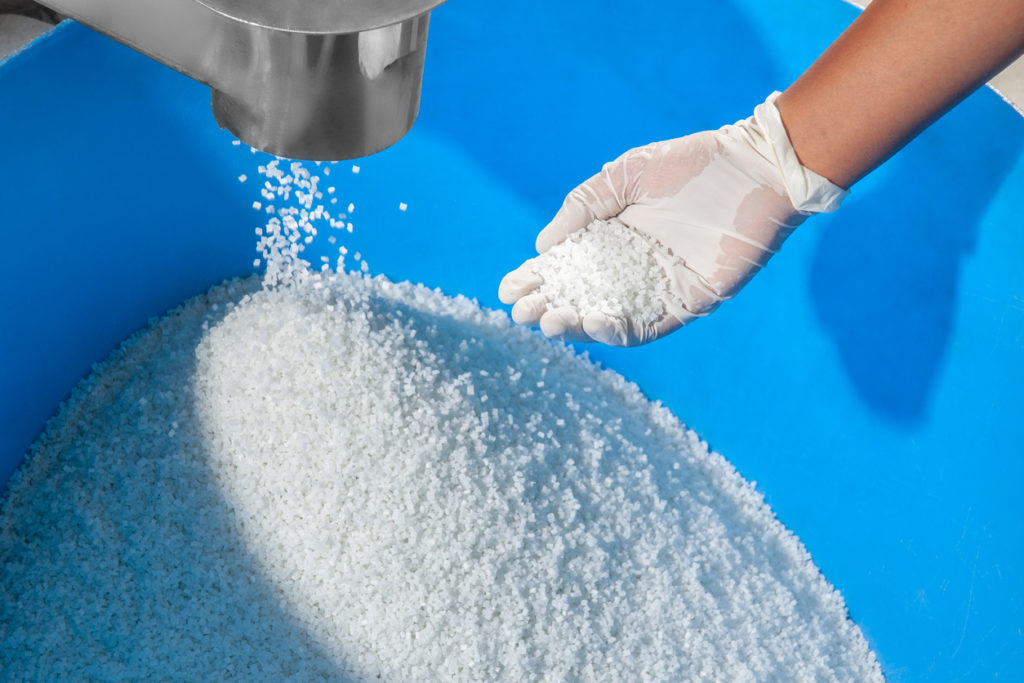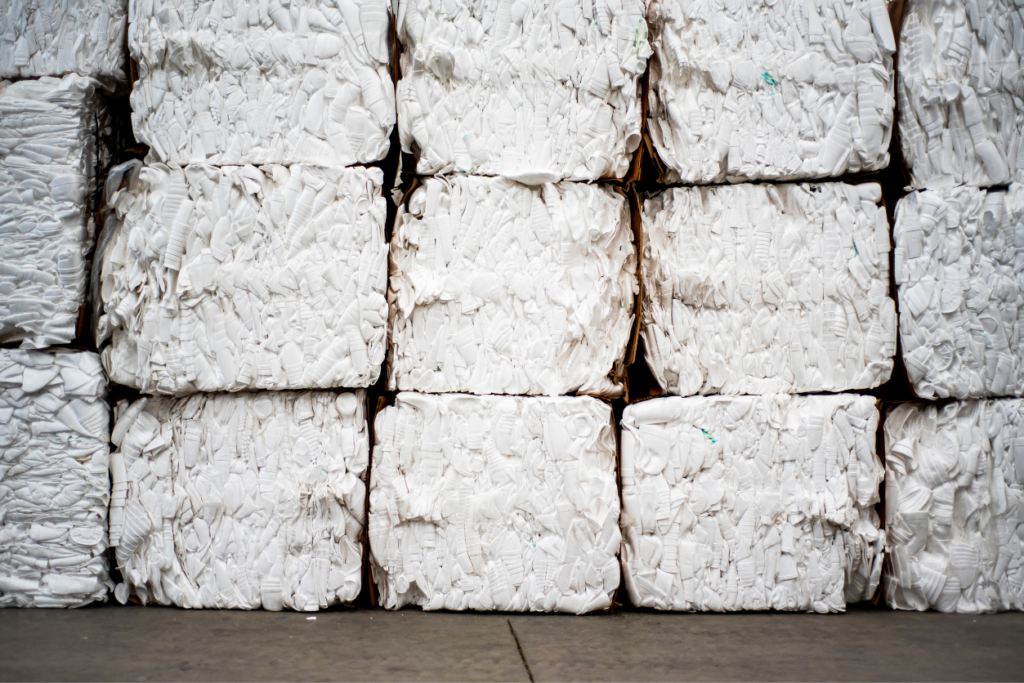All You Need To Know About Styrofoam Recycling

With the rise of plastic pollution and the movement to reduce plastic waste, the possibility of Styrofoam Recycling is a critical question you need answers to. We will tell you all you need to know about the fundamental issues surrounding Styrofoam recycling today.
Technically Styrofoam is a specific brand of expanded polystyrene foam made by DuPont. Actual Styrofoam is made for construction and used as an insulation filler. Any of the foam plates, egg cartons, meat trays, cups, packaging inserts, coolers, etc. are actually expanded polystyrene foam (EPS) made from a wide variety of companies. Yet, colloquially, we still call it all Styrofoam. Calling all these items polystyrene is starting to catch on, but Styrofoam is what everyone typically knows all of these items as.
How bad is Styrofoam for the environment?

In addition to the many probable health risks that EPS foam creates, there are also several negative impacts from this material on our environment.
Being such a lightweight product that can sometimes break into tiny bits, Styrofoam packaging and containers can easily turn into an abundance of pollution in our environment from litter that is picked up by the wind. This can pollute land and water making it easy for wildlife to ingest as they mistake it for bits of food.
While initially Styrofoam type products were thought to be safe for the environment, it has now been determined that over time they release a gaseous methane derivative known as chlorofluorocarbons (CFCs). CFCs contribute to depleting the ozone layer, which is a large factor in climate change. The degradation of EPS or Styrofoam products accounts for almost 3% of CFCs in the atmosphere.
The disposal of this material is where the problem really lies. Polystyrene is made to be protected from the elements, so when it ends up in a landfill, it will not break down and will just be a contributing factor to increased waste. While the exact lifespan of these products is unknown, scientists speculate it will take at least 500 years for polystyrene to break down, if it ever does at all.
Is there an environmentally friendly way to dispose of Styrofoam?

If foam recycling is not an option in any given area, the other solutions are to add it to a landfill or to burn it. Neither of these options are particularly good. As previously mentioned, there is little chance of this material breaking down in a landfill for hundreds if not thousands of years.
As for burning polystyrene, this can be done safely and efficiently with the same types of byproducts as a car produces. This however means carbon dioxide. Carbon emissions, again, are a large contributor to climate change, so burning Styrofoam products is not a particularly environmentally friendly option.
Recycling Styrofoam or expanded polystyrene foam is the most environmentally friendly disposal, plus it reduces the need for making as much new Styrofoam, but it is not always accepted in most locations.
How does Styrofoam recycling work?

To recycle foam packaging, it is cleaned then shredded before being melted down into a paste then turned into pellets. These pellets are able to be sent to manufactures to produce new products.
There are also some recyclers using new advances in chemical recycling to break down polystyrene at a chemical level to reprocess it. This type of recycling can also accept polystyrene that is dirtier, such as food packaging that has been soiled, whereas traditional recycling methods for this material only accept clean foam. Chemical recycling is still fairly new and uncommon at this point.
Any kind of recycling of expanded polystyrene (EPS) is still overall an expensive process, so it is often not offered at local recycling facilities. Since making new EPS packaging from oil is typically cheaper than using recycled EPS materials, it is not considered cost effective by manufactures to use. If a recycling facility doesn’t have a buyer for the recovered materials, then they don’t tend accept that material to recover, since there would be nowhere for it to go.
Does Styrofoam go in my recycling?

The technology exists for expanded polystyrene recycling, but it does not mean your local recycling program automatically accepts it. It is important not to contaminate your recycling with materials that don’t belong, so you should always look up what your recycling facility accepts and does not accept.
While many locations do not accept Styrofoam in their program, some programs may accept it at special drop-off locations or at certain collection events. This is often because Styrofoam breaks easily and sticks to other materials in your bin causing contamination. Please check with your municipality before assuming they offer Styrofoam or EPS recycling.
Are there alternatives to using Styrofoam?

There are almost always alternatives to using any type of plastic, so Styrofoam is no different. Avoiding single-use items of any kind is always a good idea. Using reusable containers, plates, etc. can significantly reduce your need for polystyrene.
Reusing foam packaging, such as packing peanuts, is a viable option if you end up with them. By reusing these types of items, you can keep them out of landfill longer, and you can avoid buying more of them.
Finding alternatives for Styrofoam packaging can be a bit trickier, but fortunately more and more biodegradable options are being put on the market these days. There are companies working on making polystyrene alternatives from mushrooms, corn starch, and other biodegradable materials. These types of innovations in plastics are game changers.
In Conclusion
With all the ins-and-outs surrounding Styrofoam recycling, it is important that you always check with your municipality to see if they accept any types of expanded polystyrene foam. You can search the ‘What Goes Where’ search tool on the Recycle Coach mobile app in participating areas.
Otherwise, try to avoid using EPS foam whenever possible so you can avoid plastic waste and reduce our need for more plastic to be produced.
1 Comment
Comments are closed.
Robert redwoodhippie
February 28, 2023 at 3:22 pmWe have known this product is harmful since the sixties. I recall Helen Caldicott explaining it releases thirty one toxic chemicals. We know it is contributing to environmental degradation. It seems if we had responsible people in companies and in our legislative bodies we would have moved away from this long ago. I know a boycott got McDonalds to reduce its use. It is good to hear some companies are developing alternative products. Sadly our social order rewards too many she are not caring or responsible. Peace🍭